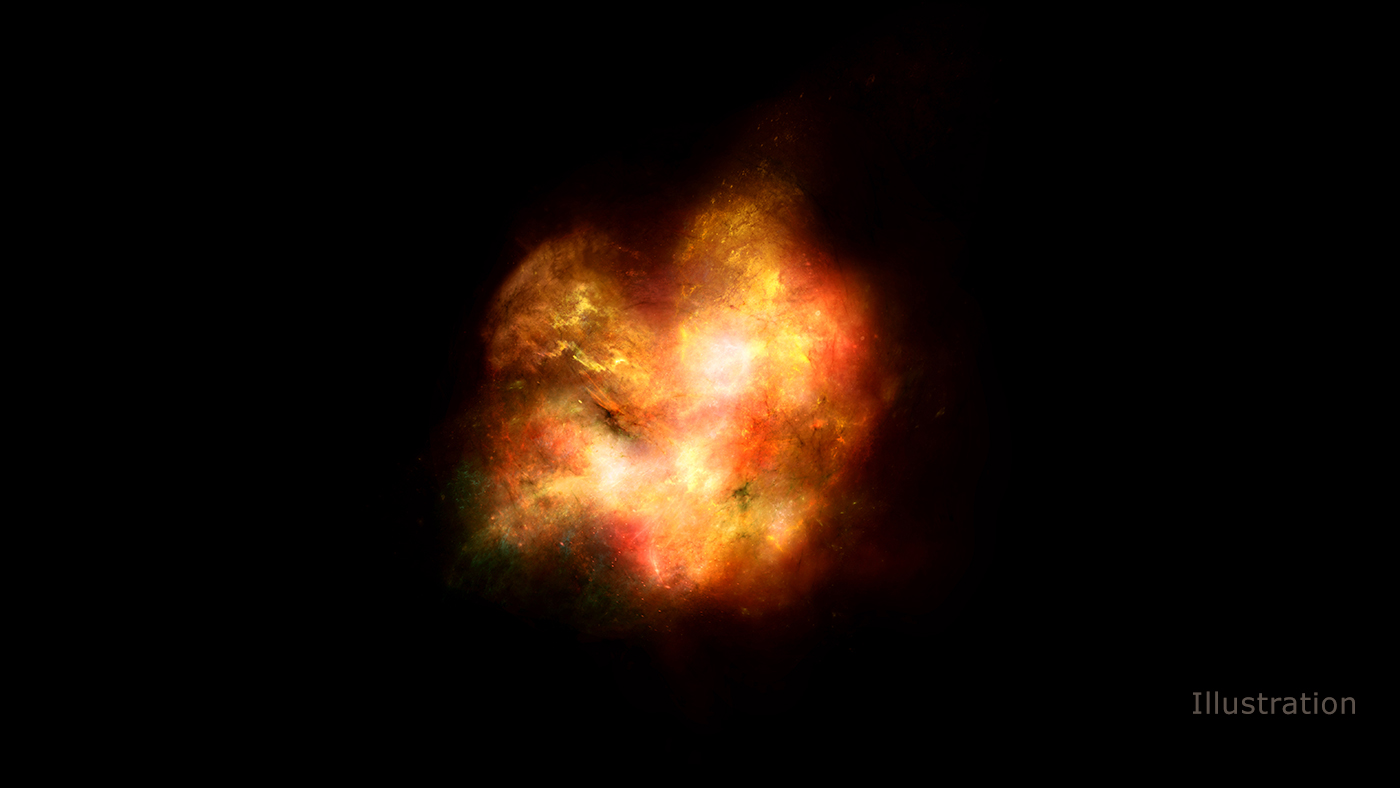
Around 400,000 years after the Big Bang, the universe was in a period called the Dark Ages when there were no stars and no galaxies. As the temperature of the universe cooled, atoms of hydrogen began to form. And within a few million years, this hydrogen coalesced to form the first stars. Now, astronomers are trying to track the time at which the very earliest stars were born and the universe lit up, using the Murchison Widefield Array (WMA) radio telescope.
The researchers are looking at the changeover from the Dark Ages to a time called the Epoch of Reionization. As the earliest stars formed dwarf galaxies, their light spread through the universe and re-ionized the neutral hydrogen which was the most common element in the early universe.
To hunt for these early stars, astronomers are looking for signals from the neutral hydrogen. These signals are extremely weak, so to find them the astronomers had to reconfigure the MWA telescope to make it more powerful and to set a lower limit for signal detection than had been used previously.
“We can say with confidence that if the neutral hydrogen signal was any stronger than the limit we set in the paper, then the telescope would have detected it,” Jonathan Pober, an assistant professor of physics at Brown University and an author of the new paper, said in a statement. “These findings can help us to further constrain the timing of when the cosmic dark ages ended and the first stars emerged.”
Neutral hydrogen emits radiation with a wavelength of 21 centimeters. But as this radiation travels through the expanding universe, that signal is stretched. Today, the signal is now stretched to a wavelength of around two meters. The problem is that many other sources emit radiation at this same wavelength, so it’s hard to pick out the weak signal from the neutral hydrogen.
“All of these other sources are many orders of magnitude stronger than the signal we’re trying to detect,” Pober said in the statement. “Even an FM radio signal that’s reflected off an airplane that happens to be passing above the telescope is enough to contaminate the data.”
With the upgrades to the telescope, researchers are the closest they’ve even been to detecting signals from the early universe. They will now continue tweaking the telescope and searching the universe for the elusive signal of the very first stars.



